New astronomy and space titles reviewed
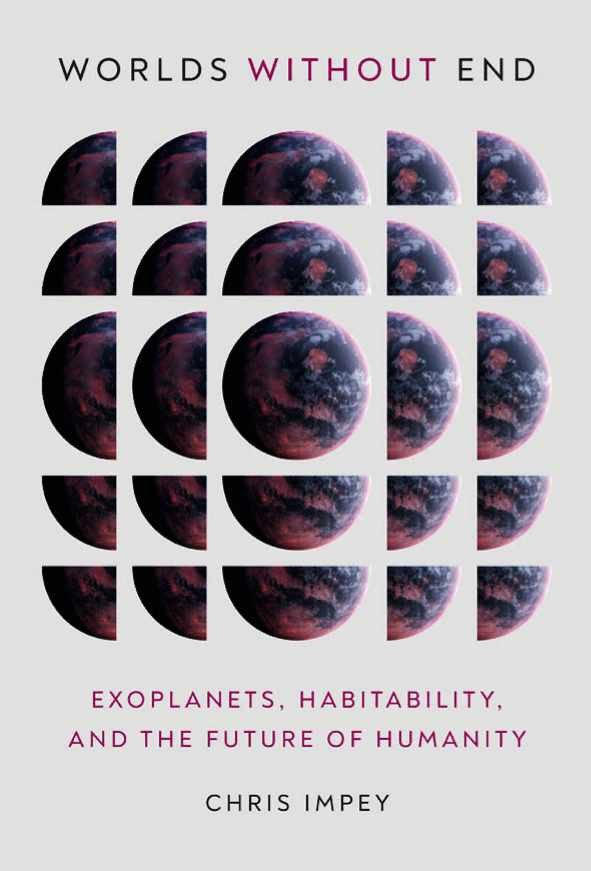
Worlds Without End
Chris Impey
MIT Press £27 ● HB
★★★★★
As recently as the early 1990s, our Solar System contained the only planets known to us and Earth seemed the only possible haven for life. To say that the last three decades have changed this outlook would be a massive understatement. Today, thanks to an array of ground- and spacebased telescopes and the individuals who lobbied for, built, operated and analysed data from them, over 5,000 planets have been identified beyond our Solar System.
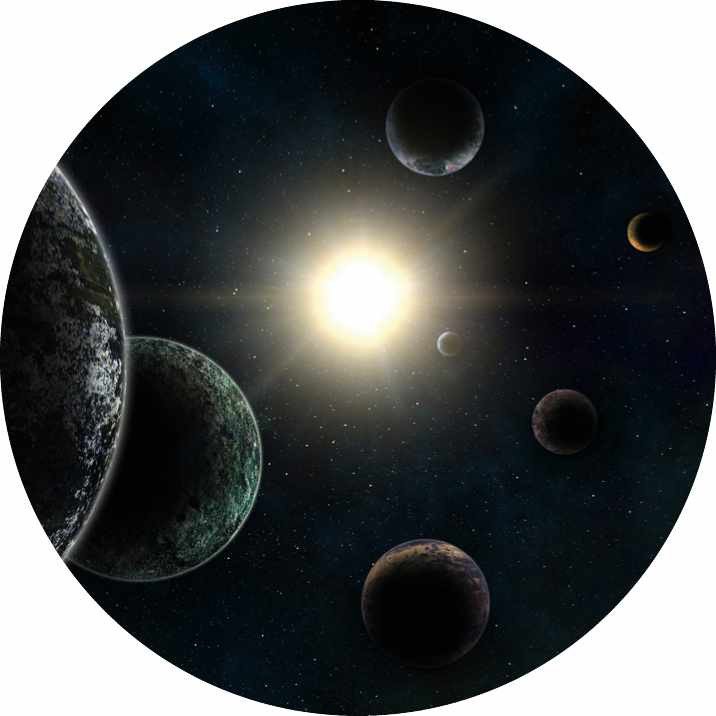
Of these, almost 200 are rocky, terrestrial planets like Earth and many are at a favourable distance from their star to harbour liquid water – a requirement for life as we know it and hence used as an indicator of habitability. Indeed, observations of our stellar neighbourhood so far point to there being more planets than stars. This means we might expect several hundred billion planets in our own Galaxy and perhaps similar numbers in other galaxies across the Universe. With so many planets out there, is Earth really that unique after all?
This question, and ultimately the implications of its answer for humanity’s survival, is at the very heart of Worlds Without End. Chris Impey takes the reader on an expertly navigated whirlwind tour of the fast-paced field of exoplanets. Early chapters describe the methods and telescopes used to discover exoplanets and the different types that have been found so far, while later chapters consider whether they might be habitable (or indeed already inhabited), how we might determine this with new telescopes and future spacecraft, which ones we should focus such a search on, and what technological developments are needed to visit and ultimately colonise them. The damage we are doing to Earth and the consequences we are facing are underlying themes visited at several points throughout and provide the motivation to search for the new home we may eventually need. Worlds Without End is a fascinating read that is crammed with information. Helpful illustrations and insightful quotations pepper the text and have been skilfully crafted into a captivating and accessible narrative capable of bringing all readers up to speed on this exciting and quickly evolving topic.
Penny Wozniakiewicz is a lecturer in space science at the University of Kent
Interview with the author Chris Impey

Are habitable worlds common?
About half of all exoplanets are Earth-sized or a little larger, and many are habitable. Habitability is defined as any planet at a distance from a star where liquid water could exist on the surface. There are more planets than stars in the Milky Way and the 5,300 or so exoplanets discovered so far project to about 10 billion habitable worlds in the Galaxy. Most will be orbiting red dwarf stars rather than stars like the Sun.
How do we find them?
The goal is to find habitable planets close enough to Earth to ‘sniff’ their atmospheres to detect life. NASA’s Kepler mission found many good candidates, but they’re hundreds of lightyears away. The TESS (Transiting Exoplanet Survey Satellite) mission will find better examples within 50 lightyears. Moons of giant exoplanets may also be habitable and methods may soon be good enough to detect exomoons.
Can we assume life exists beyond our Solar System?
It is a good bet that Earth is not the only planet with biology. The chemical ingredients for life exist throughout the Universe and there is a vast amount of habitable ‘real estate’ in the Milky Way and all other galaxies. Even if not all habitable exoplanets host biology, odds are that many do. All life on Earth stems from a single biological experiment. It’s an exciting possibility that life beyond Earth may have a different genetic basis than life on Earth.
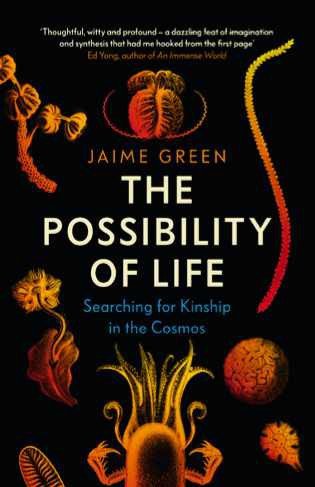
The Possibility of Life
Jaime Green
Duckworth £20 ● HB
★★★★★
Rooted in our current golden age of exoplanet discovery, The Possibility of Life is a chronicle of humankind’s relationship with the idea that we might not be alone in the Universe.
The search for alien life is on the bleeding edge of scientific understanding. With so many unknowns, author Jaime Green brings all hands on deck, interviewing dolphin communication experts, synthetic biologists, scientific illustrators, astrophysicists, historians and more. Beginning with ancient Greek theories of cosmic pluralism, the narrative weaves from origin-of-life studies through technology and the singularity. When imagining aliens, Green recognises that science fiction has done a lot of the legwork. In tandem with her scientific sources, she cites the film Arrival for linguistic challenges, Avatar for convergent evolution and the Broken Earth book trilogy for the importance of our Moon. Fittingly, Green reaches the same answer that both scientists and science fiction writers often find: in learning about the alien – other worlds, other life – we are really learning more about ourselves and our Earth.
The effect is breathtaking and the huge quantity of research in the book impressive; all the more so because Green’s writing remains engaging and clear even as she never shies away from a complicated concept. The Possibility of Life is an excellent and accessible primer on science’s efforts to answer an age-old question, and is recommended to anyone who has looked up and wondered if anyone is looking back.
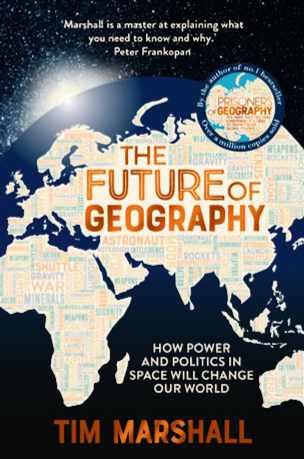
The Future of Geography
Tim Marshall
Elliot and Thompson £20 ● HB
★★★★★
Sixty years ago, the Space Race began with a bang, but in The Future of Geography, foreign affairs writer Tim Marshall argues that we humans now stand on the brink (or perhaps the precipice) of an entirely new Space Race: one dominated by nations, entities and individuals jostling for supremacy, not just of space’s high ground, but of much more besides.
Marshall furnishes a whistlestop tour of our ageless fascination with the night sky, whose mysteries were depicted by our ancestors in prehistoric carved animal bones, artwork and deeply entrenched mythologies. He traces our gradual understanding of the heavens above, leading the reader to the bitterly ironic origins of the first space age, when rockets of peaceful intent were perversely twisted into bellicose tools of war.
His prose is brisk in pace and refreshingly crystalline in its clarity, affording a highly readable lesson in historical geopolitics. But as its title suggests, the history part is merely an entrée dish, as Marshall explores the influences and rivalries endemic in today’s ‘astropolitics’ as they spill their earthly discord not only into space, but to the Moon and far beyond, into the Solar System’s mineral-rich depths.
In this deeply thought-provoking volume, The Future of Geography draws parallels with advances made by land and sea power in redrawing 19th-century geopolitical maps. So too, Marshall writes, will space power redraw future maps. “Each time humanity has ventured into a new domain,” he sagely writes, “it has brought war with it.” On this point, we can hope Marshall has got it wrong.
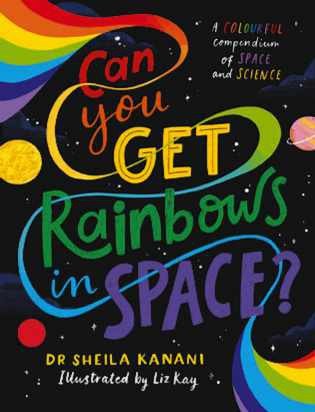
Can You Get Rainbows in Space?
★★★★★
In this journey through the visible spectrum – and a little beyond – astronomer, planetary scientist and outreach officer for the Royal Astronomical Society Sheila Kanani introduces younger readers to colourful concepts across physics, biology, art, history and more.
Each chapter of the book is based on a different colour of the rainbow, the pages bursting with brilliant illustrations composed by Liz Kay. We’re given an overview of each of the colours, which delves into the science of the particular wavelength, as well as giving us facts about that colour’s use around the world. For example, did you know that, when viewed from a distance, yellow is the colour most visible to the human eye? That’s why warning signs and high-vis jackets are bright yellow.
With clear and accessible descriptions of some tricky topics, Kanani answers questions that many budding scientists will have certainly asked themselves at one time or another. Why is Mars called the Red Planet? Why is the sky blue? And which came first, the colour orange or the fruit? She also of course addresses the question in the title and explains how to make a rainbow in space.
Can you Get Rainbows in Space? is recommended for children aged 7–9, although some of the concepts discussed in the book may be a little demanding for readers in that age group, like the electromagnetic spectrum and the differences between rod and cone cells in our eyes. Still, there is plenty that will grab the attention of young and old. At age 27-and-a-half, I learned that the primary colours in the visible light spectrum are not the same as those taught by my school art teacher!